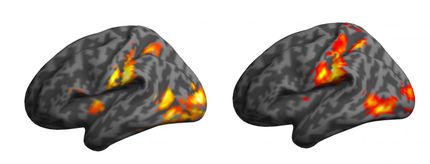New pain mechanisms revealed for neurotoxin in spinal cord injury
Advertisement
A toxin released by the body in response to spinal cord injuries increases pain by causing a proliferation of channels containing pain sensors, new research shows, and this hypersensitivity also extends to peripheral nerves in the limbs far from the injury site.
Findings could point to a new route for treating pain in people with spinal cord injuries, said Riyi Shi, a professor of neuroscience and biomedical engineering in Purdue University's Department of Basic Medical Sciences, College of Veterinary Medicine and Weldon School of Biomedical Engineering.
A neurotoxin called acrolein is produced within the body after nerve cells are damaged, triggering a cascade of biochemical events thought to worsen the injury's severity. The research showed acrolein activates and likely causes a proliferation of pain receptors called TRPA1, or transient receptor potential ankyrin, contained in central and peripheral nerves in the limbs of research animals.
The proliferation of channels increases the number of binding sites for the toxin, evidently worsening pain. It is thought to cause a cell's genetic material to signal for over-production of TRPA1, resulting in hypersensitivity to pain in both the spinal cord and the limbs, Shi said.
"Amplification of sensory stimuli also occurs in the periphery, not only at the injury site, and this was not known before," he said. "The data suggest that acrolein has the capability to cause widespread sensory hypersensitivity and likely plays an essential role in neuropathic pain extending beyond the location of the original injury."
The research also showed that artificially increasing acrolein causes pain and increased TRPA1 even when there is no spinal cord injury. "The fact that acrolein alone could lead to sensory hypersensitivity in the absence of mechanical damage suggests that it plays a fundamental role in the production of neuropathic pain," he said.
Revelations that acrolein worsens pain in peripheral nerves points to a potential new treatment approach, perhaps by stimulating nerve endings in extremities, he said. Another potential treatment strategy is reducing the concentration of acrolein using the drug hydralazine, which has been approved by the U.S. Food and Drug Administration for hypertension. The drug has been shown to reduce acrolein, pain, and TRPA1 expression following spinal cord injury in research animals.
















































